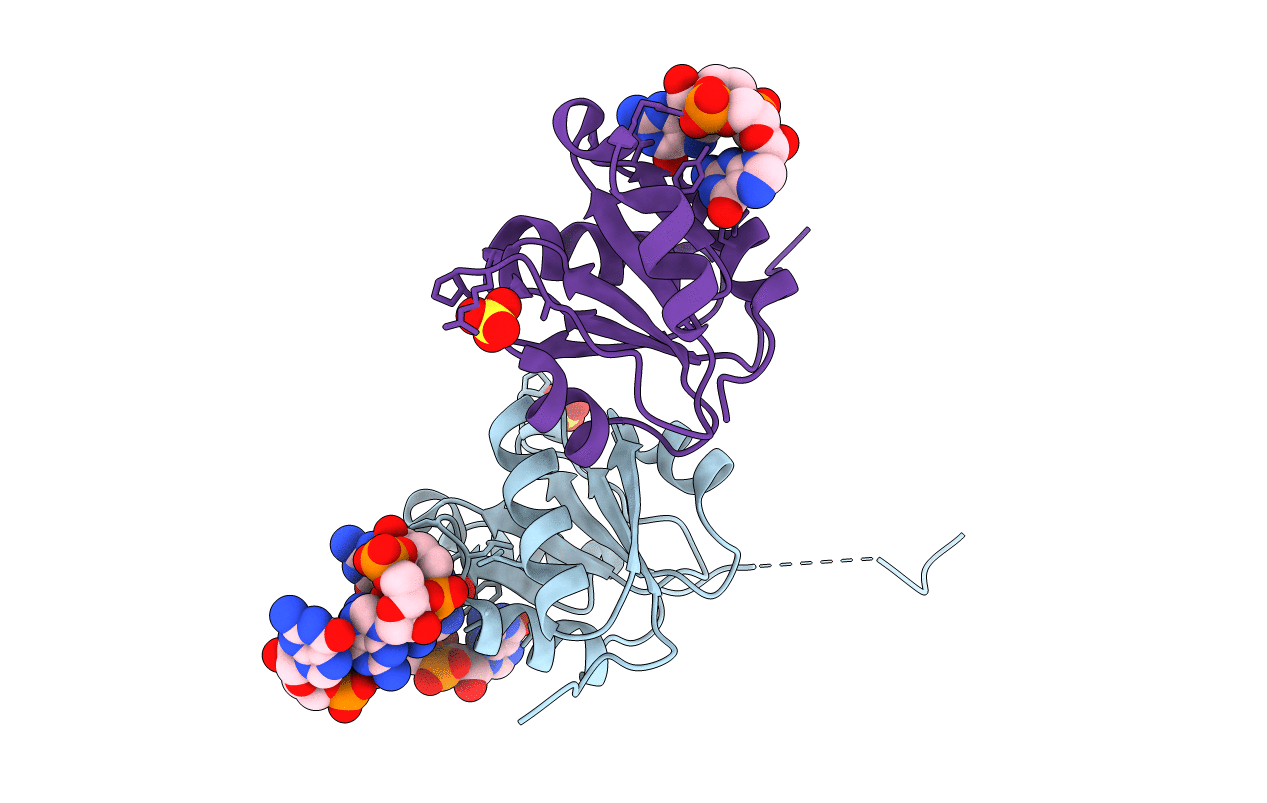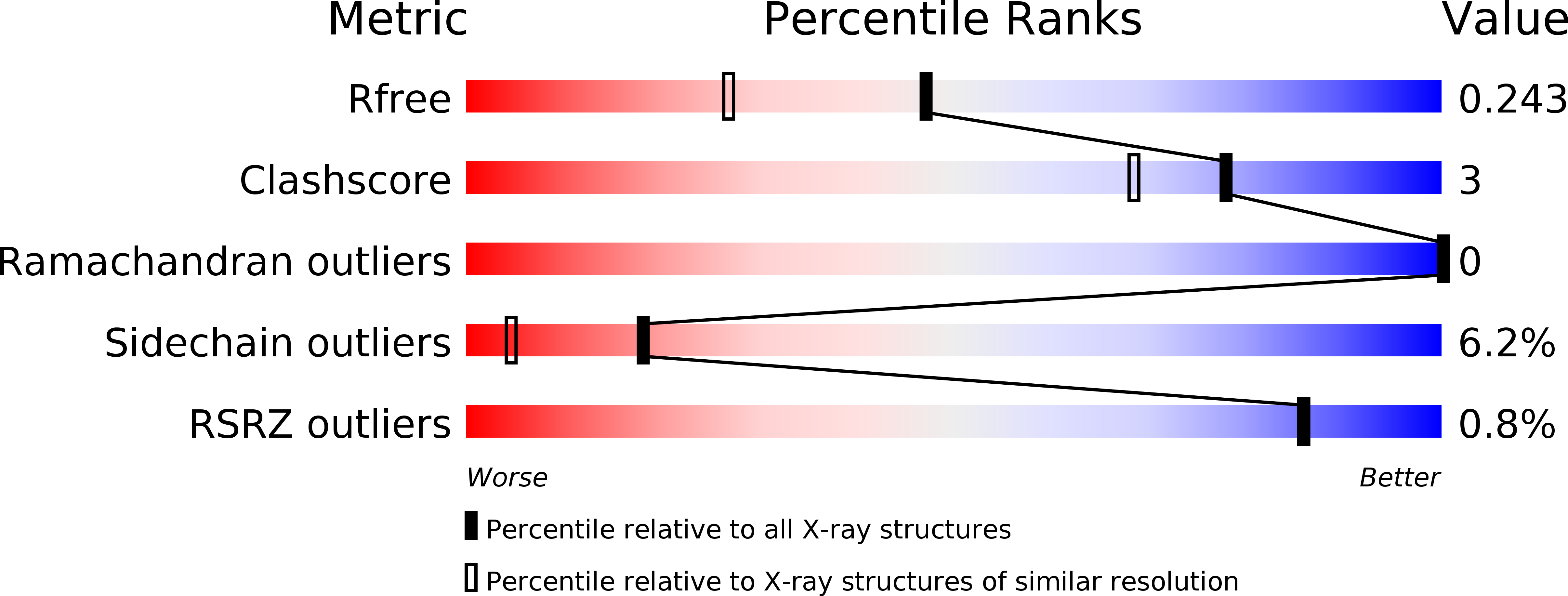
Deposition Date
2019-02-19
Release Date
2020-01-08
Last Version Date
2024-01-24
Entry Detail
PDB ID:
6QRL
Keywords:
Title:
Crystal structure of ShkA _Rec1 in complex with c-di-GMP
Biological Source:
Source Organism:
Host Organism:
Method Details:
Experimental Method:
Resolution:
1.84 Å
R-Value Free:
0.23
R-Value Work:
0.20
R-Value Observed:
0.20
Space Group:
P 32 2 1


